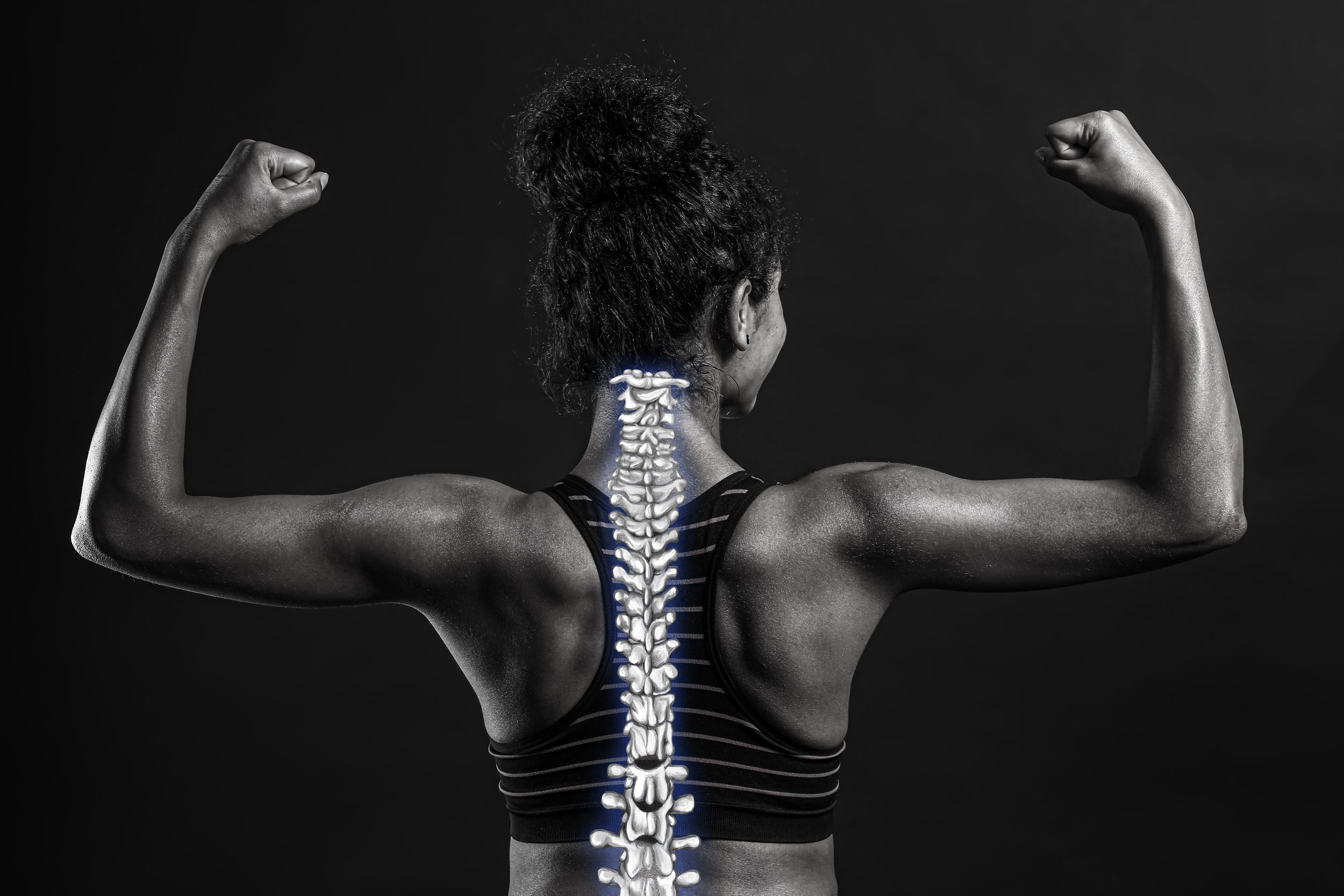Chiro 101: The Spine (part 1)
Chiropractic, in its purest form, is a primary health-care modality focused on improving the function of the spine. To understand how chiropractic works, it is first crucial that we understand the fundamentals of the spinal system, and how it operates.
The spine has two major functions:
Its central role in control and support of the Musculoskeletal System.
Its protective role of our Central Nervous System.
Think of the spine as a greater stabilising/movement system. It consists of passive structures (vertebrae, discs, ligaments) and active structures (muscles, tendons) that provide function, shock absorbency, stability and movement for the musculoskeletal system as a whole. These components together enable us to sit, stand, twist, bend, dance, play sports, go to work, climb mountains and run ultra-marathons.
The spine also has four distinct curves that develop naturally after we are born. These curves are necessary to allow the spine to bear weight evenly, and act as shock absorbers against the stress of gravity. Changes to these curves, due to injuries, conditions or postural stressors, can easily reduce spinal function.
The spine, including all of its components, also acts as a ‘suit of armor’ for the very important spinal cord - which is part of our Central Nervous System (CNS). The spinal cord is the main highway through which the brain and body communicate, so it makes sense it needs to be protected! The spinal cord, and its many different information pathways, or tracts, run through holes in the center of each vertebrae (like a vertical tunnel!).
Now we understand these two main roles a little better, check out our next blog in the Chiro 101 series, “The Impact of Stress on our Spines”. We delve a little deeper into the different types of stressors that we expose our spines to, and the impact this can have on the spine’s ability to perform its two core functions.

